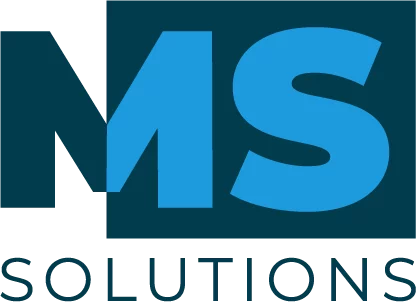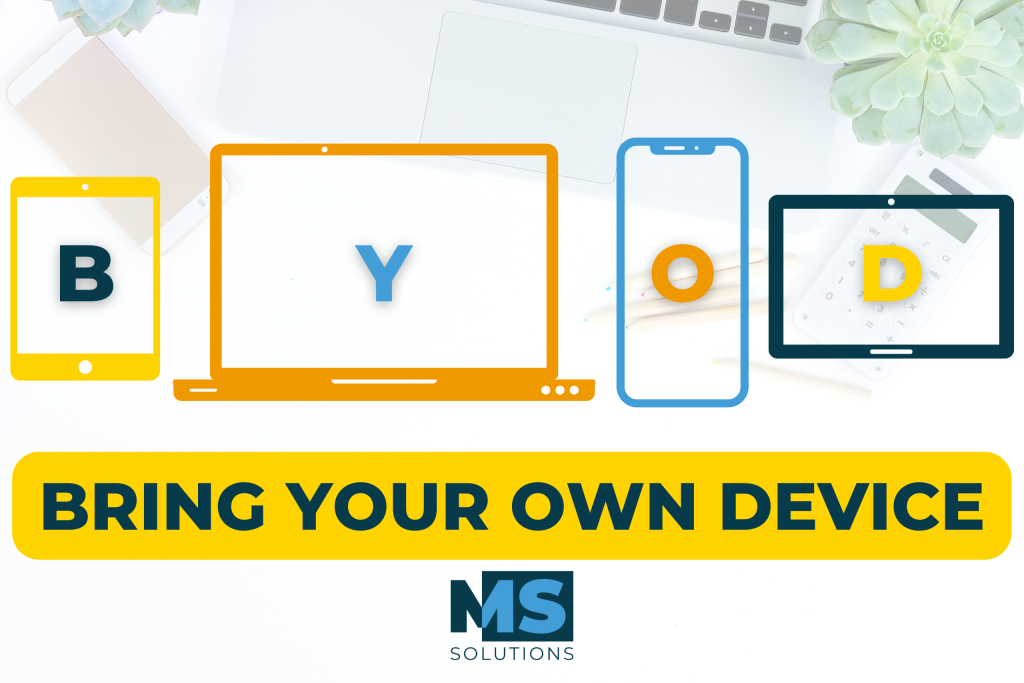“Bring your own device” (BYOD) is a concept that consists to use personal equipment in a professional context.
Through this article we will see the advantages of this practice, but also its limits in terms of cybersecurity.
The benefits of Bring your own device
BYOD has many advantages both for the organization and for the employees who use this method. Let’s take a look at these benefits.
Economy: From a financial point of view, the advantage goes to the organization which can make great savings on the purchase and replacement of technology by not having to buy the necessary hardware.
On the other hand, according to the agreement provided between the organization and the company, the employee can benefit from financial compensation for the use of his personal equipment for professional purposes. This allows the employee to amortize part of his investment thanks to the company.
Convenience: For employees, it may be more convenient to only have to transport (hybrid work mode), but also store (telecommuting or hybrid) a single device. This pooling of use simplifies the daily life of the employee from a logistical point of view.
Comfort: For employees, working on their own device is more comfortable because they have chosen their hardware and are the only ones using it. Thus the quality of the screen, the lightness of the computer, the interface of the telephone, the hygiene of the headset, mouse, keyboard depend entirely on the choice of the employee. The employee does not have to comply with the material offered by the organization.
State-of-the-art technology: This last point is beneficial for both the organization and the employee. Indeed, staying at the cutting edge of technology is costly for the organization when it comes to replacing the equipment of each employee. However, when device management is based on BYOD, the employee will be more inclined to invest in their own equipment to take advantage of the latest technology without weighing down the organization’s finances.
The disadvantages of Bring your own device
As we have seen previously, the BYOD model has many advantages. However, for this mode of operation to be secure, the organization must take certain aspects of its cybersecurity into account very seriously. Let’s take stock together.
Complex IT support: The fact that computer hardware is not standardized makes updates, software installation, repairs or any other interventions more complex. Indeed, it requires more flexibility and knowledge since each machine has its own specificities.
Management of sensitive data: Depending on your business model, the employee may be required to process sensitive data. The fact that an employee uses his personal equipment, the control cannot be the same as on a device for strictly professional use, this considerably increases the risks related to data confidentiality.
High cybersecurity risks: It will not be possible to impose the same firewalls usually installed on professional devices on a personal device. In addition, the fact that the device is used for private use also increases the risk of cyberattacks.
In short
In a hybrid working world, “Bring your own device” (BYOD) policies are becoming predominant within companies in order to better respond to the current reality. However, these policies come with their own set of security considerations.
Also, if you want to adopt this mode of operation, Microsoft 365 could allow you rapid deployment while minimizing risks thanks to a completely secure work environment with the configuration required to achieve business objectives.
Do not hesitate to discuss with our team to check if your operation is optimal in terms of productivity, but also safety.




